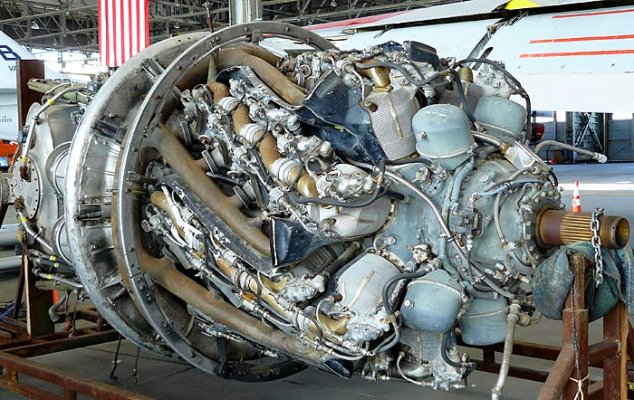Ignorance is bliss isn't it Mr. Bill.

My UK acquaintances do not think the Dorset is a "delicate little flower" (another amateur-hour absurdity) but they know damn well what its weak points are and how to avoid provoking them.
Most of these guys have forgotten more about diesel engines--- particularly that generation of engines--- than the people who profess expertise on them here will ever know. Which is why I give pretty much zero credibility on stuff that actually matters to internet forums full of self-proclaimed experts and strongly advise others to seek out information from people whose credibility they can judge for themselves, preferably in person.
Forums like this are good fun, but when anyone here says on a clear day the sky is blue, look up first before you buy into their "advice."



